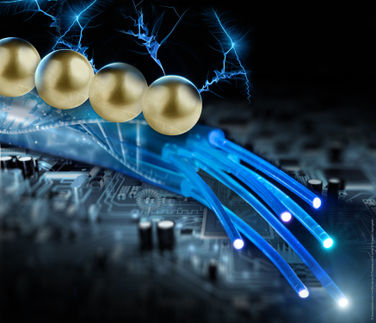Self-organizing molecules: Cups with attoliter volume
They look like interlocking egg cups, but a hen's egg is 100,000 times as thick as one of the miniature cups: Scientists at the Center for Nanointegration (CENIDE) at the University of Duisburg-Essen (UDE) have made polymers to form themselves into tiny cups on their own. They could, for example, be used to remove oil residues from water.

Stacked Janus nanocups, before being separated.
(c) UDE, AG Gröschel
The first step is a very thin long chain of so-called triblock terpolymers – a kind of plastic. If many of them are added to a droplet of a solvent, they automatically adapt their shape to the round boundary. When the solvent evaporates the drop becomes smaller and the polymer cup structure shrinks with it. What remains are the cups, which, like Russian Matryoshka dolls, lie one inside the other. Xiaolian Qiang, a PhD candidate in the research group of junior professor André Gröschel, then separates them in several steps.
"Such particles are called ‘Janus particles’ in chemistry because they have two sides with different properties", the 29-year-old explains. "The term comes from the Roman god Janus, who had two faces." Everyone knows the particle’s opposite chemical properties from soap: One half is hydrophilic, i.e. it dissolves well in water. The other half is hydrophobic like a drop of oil and therefore insoluble in water. In Qiang's experiments, 50 percent of cups are produced with hydrophilic inner and hydrophobic outer sides. The other half is the other way round.
Qiang utilizes this principle to fill the small vessels with nanoparticles, for example. If she surrounds the particles with a solvent they do not like, they flee into the interior of the cup with the correspondingly opposite property. In this way it is possible to absorb oil residues from water or to transport substances through an aqueous environment – e.g. blood.
Now, Qiang and her team work on creating only one of the two variants.
Original publication
Most read news
Original publication
X. Qiang, A. Steinhaus, C. Chen, R. Chakroun, A.H. Gröschel; "Template-Free Synthesis and Selective Filling of Janus Nanocups"; Angew. Chem. Int. Ed.; 2019, 58, 7122 –7126
Organizations
Other news from the department science
These products might interest you
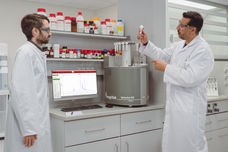
Spinsolve Benchtop NMR by Magritek
Spinsolve Benchtop NMR
Spinsolve is a revolutionary multinuclear NMR spectrometer that provides the best performance
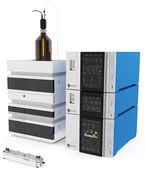
Eclipse by Wyatt Technology
FFF-MALS system for separation and characterization of macromolecules and nanoparticles
The latest and most innovative FFF system designed for highest usability, robustness and data quality
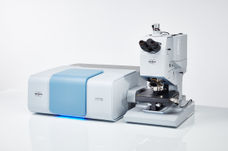
HYPERION II by Bruker
FT-IR and IR laser imaging (QCL) microscope for research and development
Analyze macroscopic samples with microscopic resolution (5 µm) in seconds

Get the chemical industry in your inbox
By submitting this form you agree that LUMITOS AG will send you the newsletter(s) selected above by email. Your data will not be passed on to third parties. Your data will be stored and processed in accordance with our data protection regulations. LUMITOS may contact you by email for the purpose of advertising or market and opinion surveys. You can revoke your consent at any time without giving reasons to LUMITOS AG, Ernst-Augustin-Str. 2, 12489 Berlin, Germany or by e-mail at revoke@lumitos.com with effect for the future. In addition, each email contains a link to unsubscribe from the corresponding newsletter.
Most read news
More news from our other portals
Last viewed contents
Jožef_Stefan_Institute

Zeta Esse TI S.r.l. - Tricerro, Italy
Merck KGaA Selects Nippon Shinyaku as Japanese Partner For Alcohol Addiction Treatment
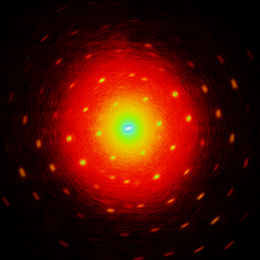
Film in 4-D with ultrashort electron pulses - Electron pulses shortened to 30 femtoseconds duration - giving insight to atomic motions
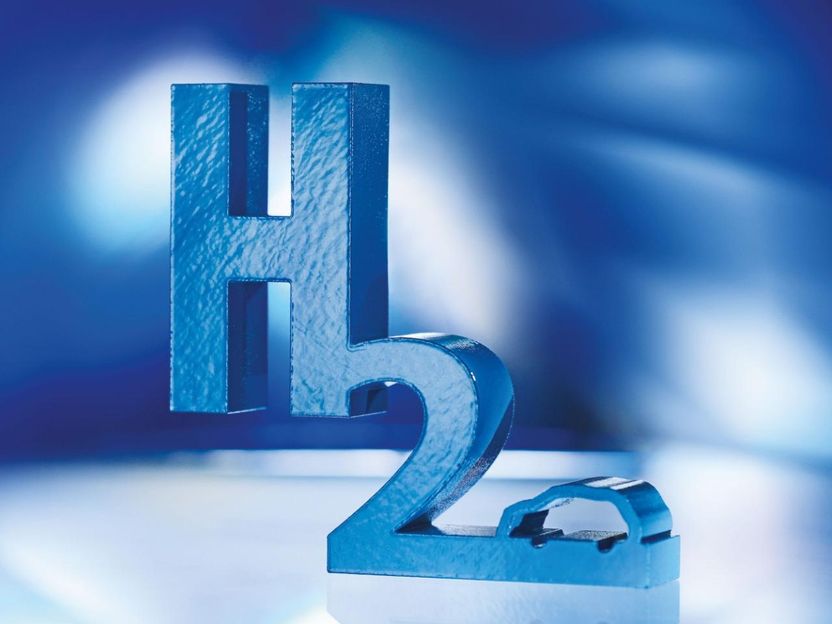
Lasers for hydrogen technology - Fraunhofer ILT inaugurates new research platform

How green cities could remove CO2 from the atmosphere - One gigatonne per year by mid-century: An study determines the potentials, various co-benefits and possible barriers to implementation
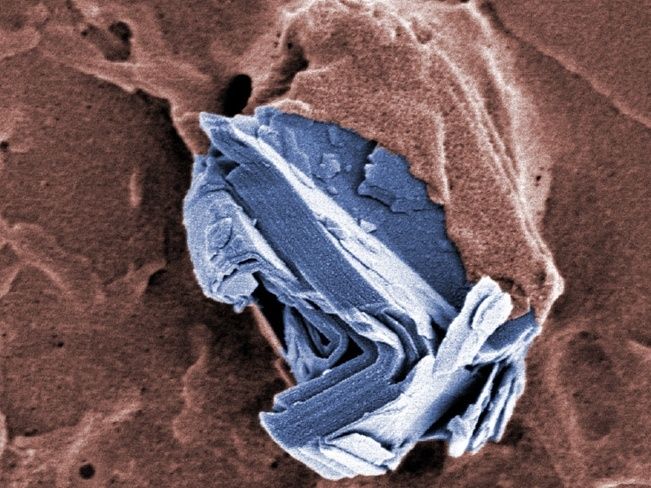
Graphene research: numerous products, no acute dangers - Successful completion of the EU Graphene Flagship
Reducing CO2 Emissions By Photochemical Recycling To Useful Chemicals - 1.18 Million Euro grant for development of heterogeneous photocatalysts

Towards a Greener Space Economy - ISPTech Secures €2M in Pre-Seed Funding for Innovative Spacecraft Propulsion Technology
Max Planck Innovation Concludes Licensing Agreement for Technology Providing Unlimited Resolution in Microscopy - Overcoming Abbe's law in light microscopy
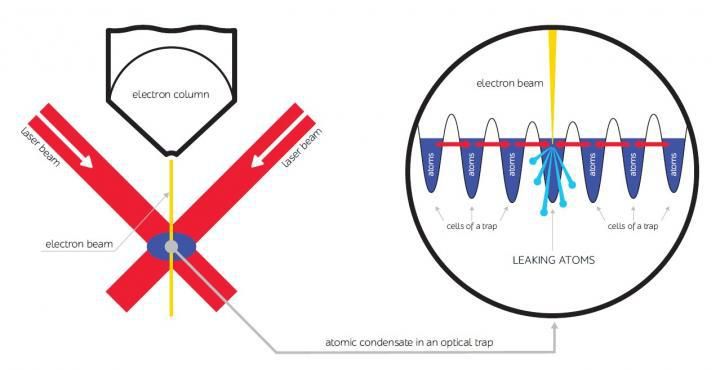
Antilaser for Bose-Einstein condensate

